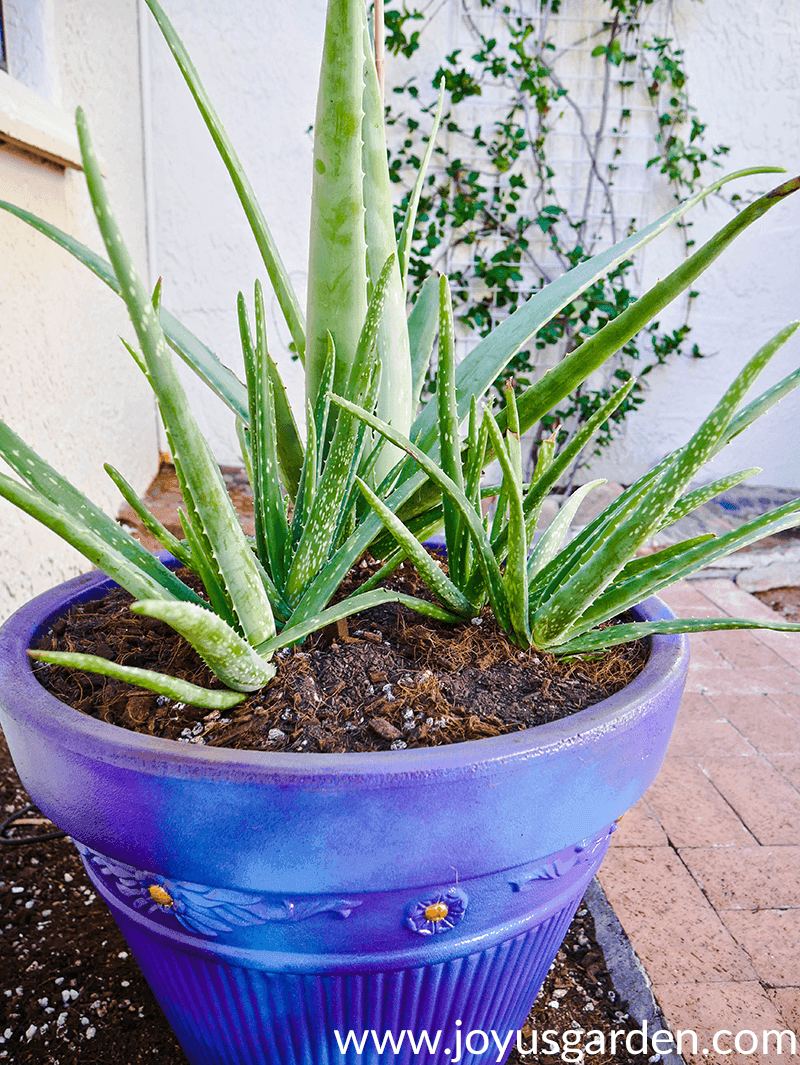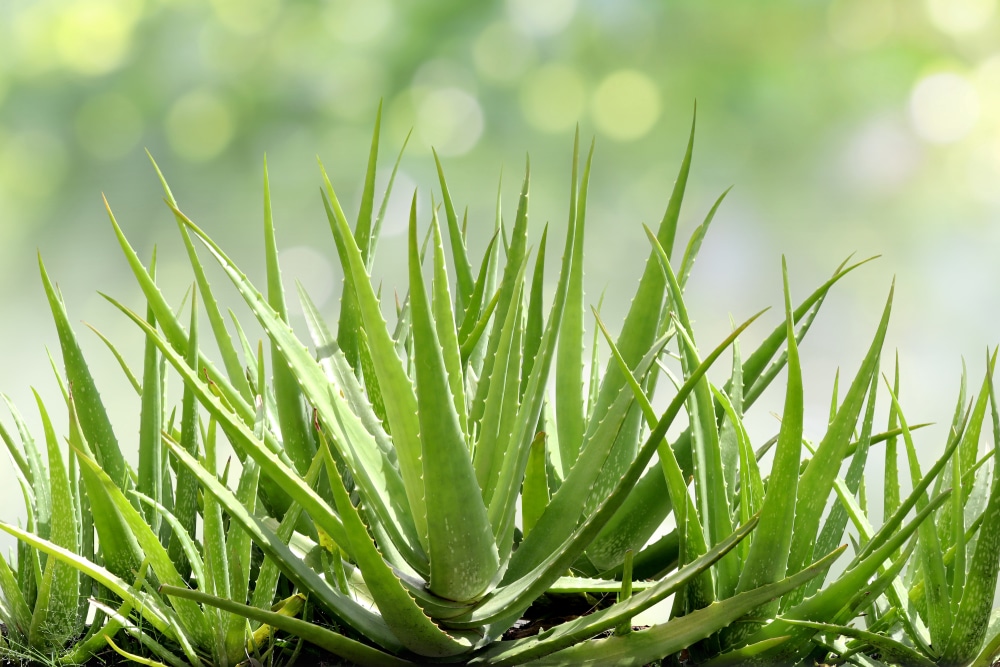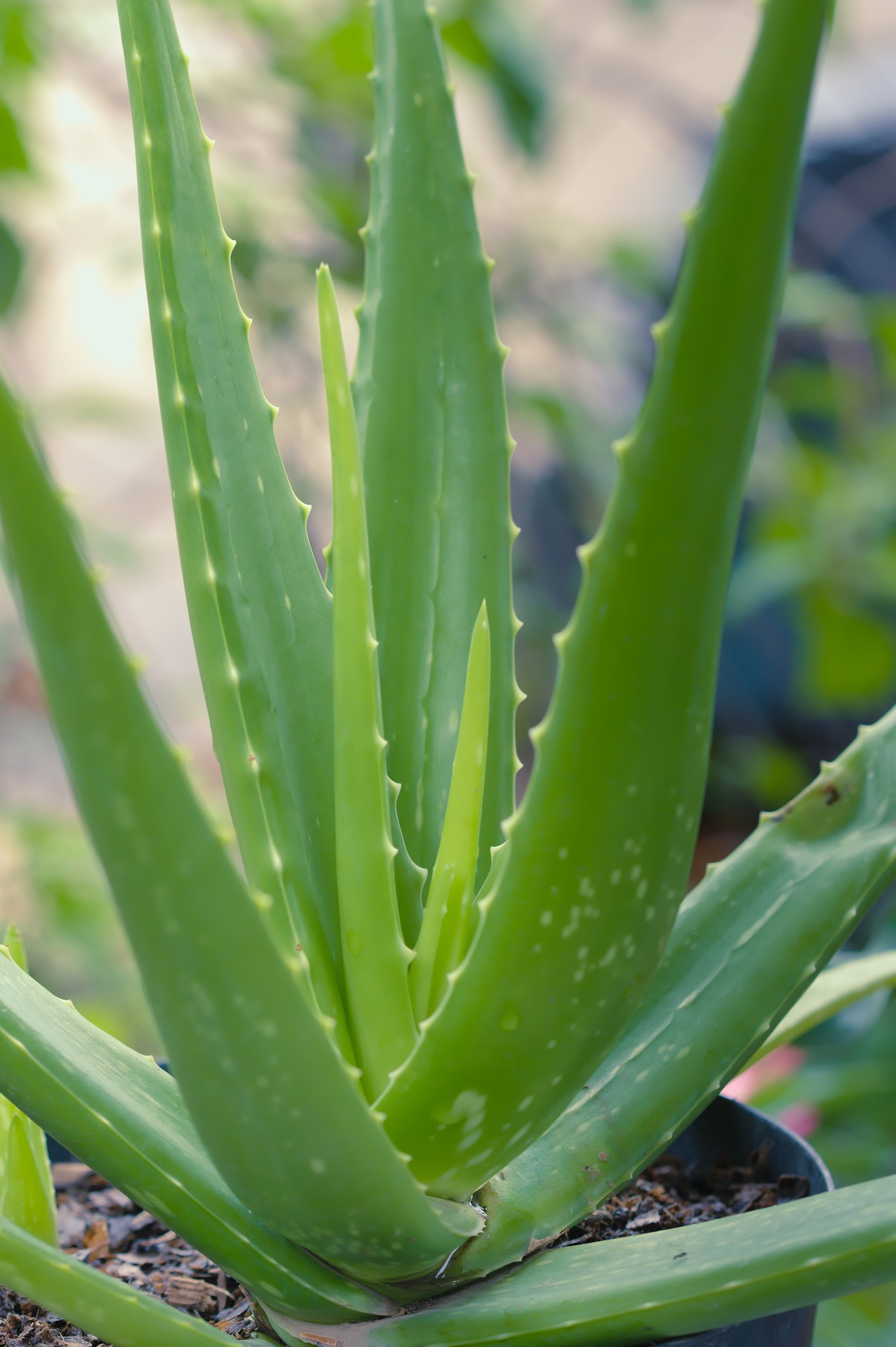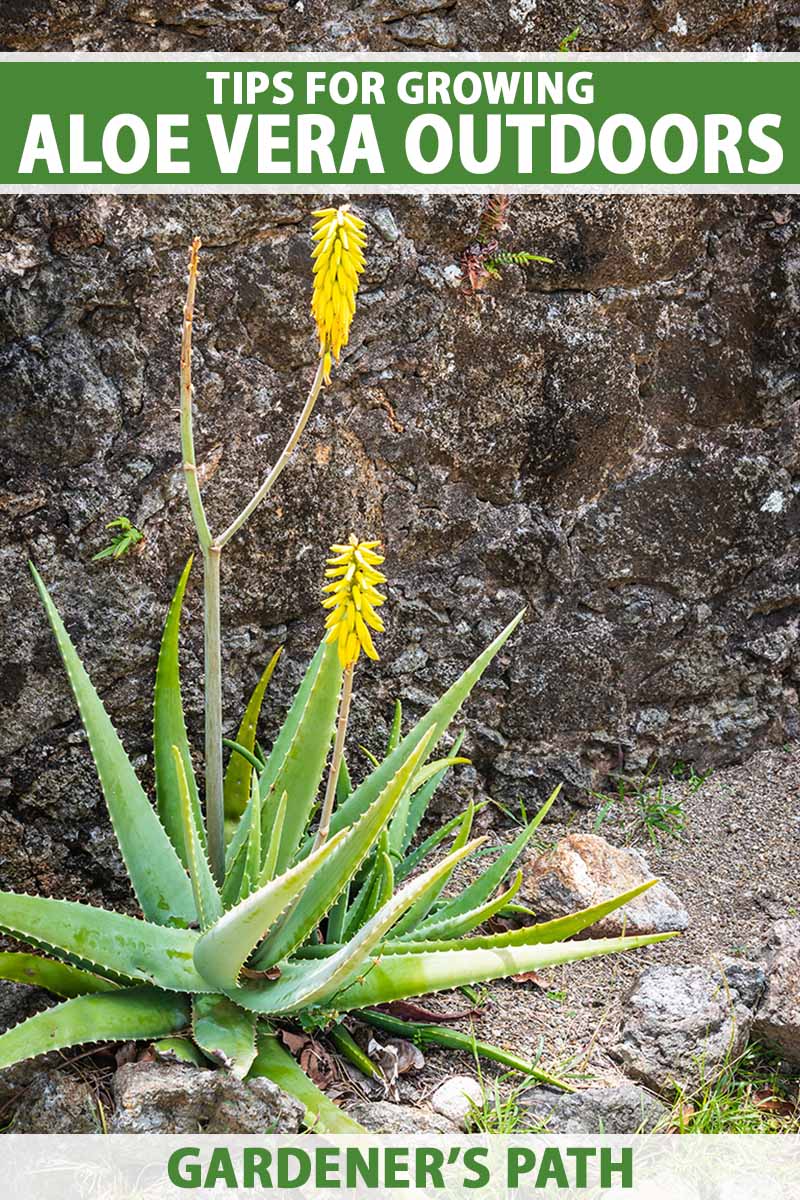Growing Aloe Vera with Ease: Your Friendly Guide to Thriving Plants

Growing aloe vera might seem like one of those "easy plants to keep alive" promises you see everywhere, but if you’re anything like me, you’ve probably felt a bit anxious about killing your green friend despite the hype. Here's a trick, believe me, i’ve been there—overwatering, underwatering, sunburned leaves—you name it. But here’s the thing: aloe vera is pretty forgiving once you get its vibe. Think of it as a patient buddy that thrives on simplicity and good boundaries. Let’s walk through this together, step-by-step, with lots of chill reminders that messing up is part of learning.

Why Aloe Vera Feels Like a Low-Maintenance Plant (But Needs Your TLC)
Aloe vera is that succulent superstar known for storing water in plump leaves—kind of like nature’s little water balloons—so it really hates being constantly wet. It comes from sunny, warm places and prefers sandy or rocky soil where water doesn’t just hang around forever.
Here’s the quick version of what aloe needs to be happy:
- Sunlight: Bright but indirect light. Imagine early morning sunshine or filtered light through curtains; too much harsh midday sun can give your plant a nasty sunburn.
- Soil: Fast-draining mix designed for succulents or cacti—think gritty stuff like sand or perlite mixed in to stop sogginess.
- Water: Wait until the soil is bone dry before watering again. Overwatering is basically a death sentence here.
- Temperature: They love cozy spots between 55°F and 80°F (13–27°C). Below 50°F stresses them out; above 90°F without airflow isn’t great either.
- Repotting: Every couple of years gives roots fresh room and nutrients to stay lively.
That’s the foundation, but there’s more magic when you get into how to do all this in real life without feeling overwhelmed.
Starting Your Aloe Journey: A Friendly Walkthrough
When I first started caring for aloe vera — okay, full disclosure — my first plant was a sad little half-dead sprout because I drowned it within two weeks (rookie mistake number one). After some trial and error plus chatting with fellow plant lovers on forums (shoutout to r/AloeVeraGarden), I found a rhythm that works no matter where you live.
Step 1: Pick the Right Home
Go for a pot with drainage holes—terracotta pots are my favorite because they breathe and wick away extra moisture. Plastic pots hold water longer which can sneakily drown your aloe if you're not careful.

Step 2: Soil Matters Big Time
Buy cactus/succulent mix from the garden store or mix your own: about 70% gritty stuff (perlite + coarse sand) with regular potting soil making up the rest. This combo keeps roots happy by not letting water sit around.
Step 3: Planting Technique
Gently loosen any tight roots if you bought an aloe from nursery pots or are planting pups (baby plants). Set them so roots have contact but leaves don’t get buried — usually an inch below soil surface is just right. Press soil lightly around roots but don’t pack it down hard; aloe roots want air too!
Step 4: Find That Perfect Light Spot
A window facing east or south usually does the trick indoors. If you're outside, morning sun followed by afternoon shade protects leaves from burning while giving enough light.
Step 5: Water Like a Pro
Here’s where patience shines—you want to sort of "test" before watering again by sticking your finger ~2 inches deep into dry soil. If it feels dry, go ahead; otherwise wait another few days. This often means watering every two to three weeks indoors depending on your home humidity/temperature.
When Things Go Wrong & How Not To Panic
This part always freaks newbies out but I promise it gets easier! Here’s what most people mess up—and how I help myself stay calm when things go sideways:
| Oops Moment | What’s Happening | Easy Fix |
|---|---|---|
| Mushy Leaves | Overwatered = root rot sneaking in | Stop watering immediately; repot ASAP |
| Yellow/Brown Tips | Too much direct sun or inconsistent watering | Move plant slightly away from window; check watering frequency |
| Thin & Leggy Growth | Not enough light | Shift closer to bright indirect sunlight |
| Droopy Leaves | Stress from temperature swings | Keep away from drafts/heaters |
One trick that saved me? Setting multiple reminders on my phone for checking soil moisture instead of rigidly following “water every X days.” Plants aren’t clocks—they respond better when you tune in closely!

Getting Fancy with Your Aloe Care
Once you’re comfortable with basics (and trust me—that takes time!), these next moves make growing aloe feel almost like second nature:
- Try Propagation: Got pups? Wait until they’re about one-third size before gently twisting off their base after drying cut ends overnight—this reduces rot risk during transplanting.
- Feed Occasionally: During active growing seasons (spring and summer), dilute succulent fertilizer at half strength once every four to six weeks refreshes nutrient supply without overdoing it.
- Seasonal Water Adjustments: Aloe likes less water in winter dormancy—it slows down growing so treat accordingly by halving watering frequency.
- Hydroponics Adventure: Some folks experiment with semi-hydroponics using LECA clay pellets instead of soil—the key is perfect drainage and airflow around roots.
- Stress Smartly: Briefly reducing water can boost gel potency inside leaves—but only do this if you're confident watching for signs of distress!
The beauty here? You tailor care based on your space and climate—not some textbook rule book.
Tools & Resources That Make Life Easier
Having these tools saved me countless headaches:
- Terracotta pots with good drainage holes
- Miracle-Gro Cactus Mix or similar fast-drain blend
- A simple moisture meter (under $15)—great backup if guessing gets tricky
- Sterile pruning shears/scissors for trimming dead parts safely
- Diluted liquid fertilizer made especially for succulents/cacti
- Gloves when harvesting gel (trust me—aloe sap can sting skin sometimes)
If you want community support, Reddit's r/AloeVeraGarden and various Facebook groups offer tons of real-time advice plus encouragement—it feels less lonely battling pest invasions or weird leaf discolorations alone!
Stories From Fellow Aloe Lovers
Here’s what some friends shared about their experiences:

Sarah, an apartment dweller in Chicago, learned moving her aloe back just six inches from her sunny window stopped painful leaf tip burns during hot summers while still keeping bright light exposure indoors.
Mike, gardening outside in Texas heat, swears by raised beds filled with sandy loam mixed with perlite—he waters deep every three weeks during summer then lets aloes rest close to zero irrigation in winter dormant season.
Jen, who loves propagation experiments, waits until pups grow sturdy (~4 inches tall) before carefully removing them after drying out cut ends overnight—a method she says cuts down failure rate dramatically compared to rushing too soon.
Everyone finds their groove differently—and that’s perfectly okay!
Quick Troubleshooting Guide You Can Keep Handy
| Problem | Symptoms | Cause | Quick Fix |
|---|---|---|---|
| Yellow/Brown Leaves | Spots/tips discoloring | Overwatering/sunburn | Adjust water/light conditions |
| Limp/Mushy Leaves | Soft texture | Root rot | Remove damaged bits/repot ASAP |
| Crispy Edges | Dry leaf margins | Underwatering/humidity low | Water slightly more |
| Pests | Aphids/mealybugs visible | Infestation | Spray diluted neem oil regularly |
Weekly check-ins help spot issues before they spiral out—and honestly makes taking care feel less like chore more like catching up with an old friend :)

Where Do You Go From Here? Your Action Plan
Ready to finally start? Here’s what I’d do today if starting fresh:
- Grab terracotta pot + fast-draining cactus/succulent soil
- Pick a spot near an east/south-facing window indoors OR prep outdoor bed with sandy drain mix
- Carefully plant your aloe without crowding leaves
- Water lightly once at planting then wait till dry before next drink
- Set gentle weekly reminders for soil checks + look over leaves closely
- Celebrate new growth—even tiny baby shoots! And maybe learn pup propagation basics as bonus fun project
- Bookmark supportive online communities for ongoing tips/encouragement
Remember—it won’t be perfect right away and that’s how we learn together!
Wrapping Up With Some Real Talk
Caring for aloe vera isn’t rocket science but it does take patience wrapped in attentiveness—a bit like friendship itself! Each leaf thickens under your care isn’t just growth on a plant; it reflects how you tuned into something living patiently waiting for you.
If your first attempt looks less than perfect? Totally normal! When my first few aloes got crispy edges or sad droopy limbs...I felt bummed too—but every mistake carried clues forward until that moment when healthy green chunky leaves popped up again and reminded me why trying matters most.
So grab your pot, channel your inner patient gardener buddy, and know I’m rooting for those juicy fleshy leaves thriving because YOU cared enough day after day! Reach out anytime—I’m here beyond this guide whenever life throws questions or curveballs at your growing adventure 🌿💚
Happy growing!



